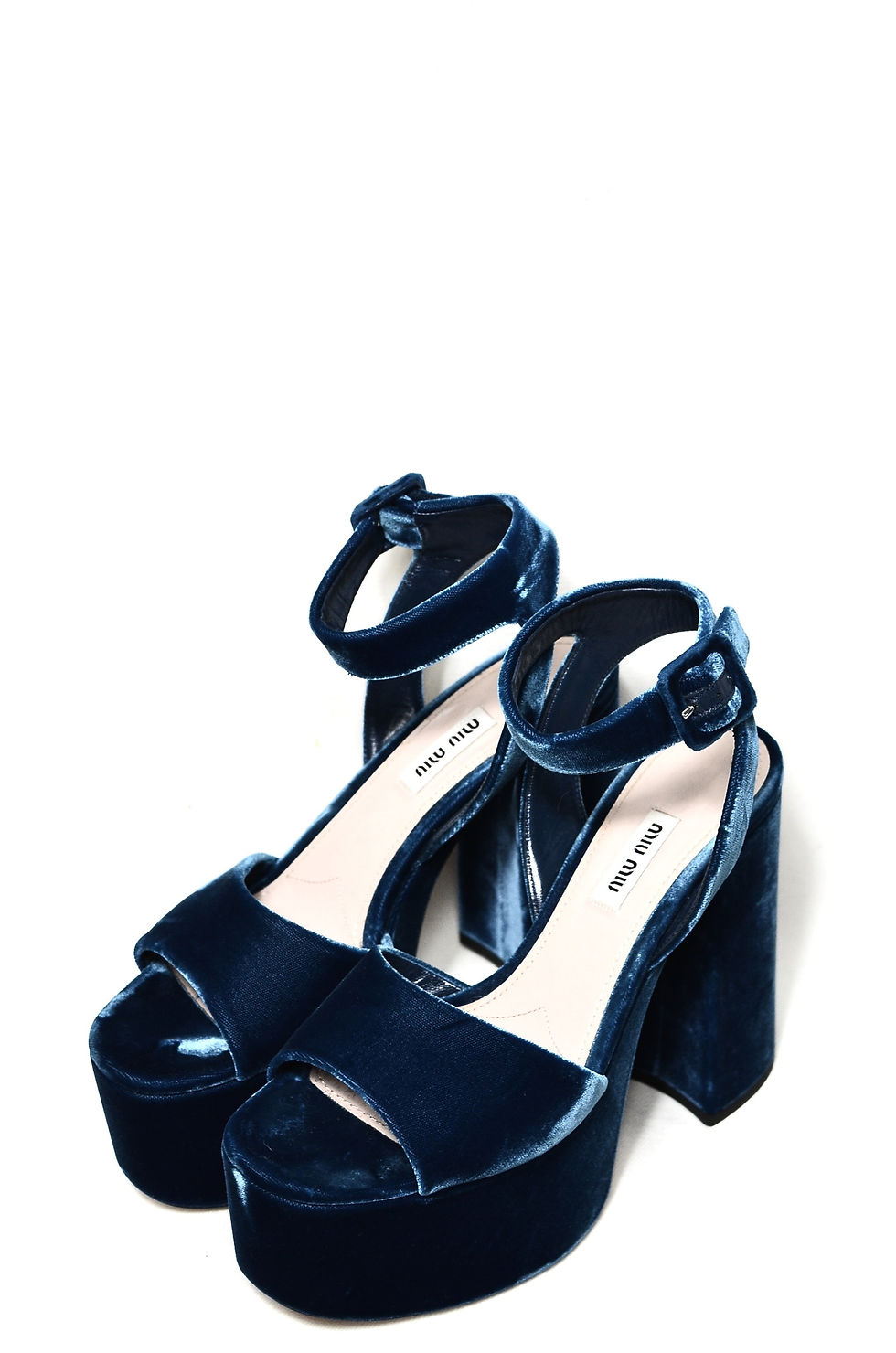The next big scale: RESALE
- Leslie Bateman
- Apr 6, 2023
- 2 min read
Updated: Apr 10, 2023
Much of this post is an ode to ThredUp's 2023 Resale Report (linked above) which outlines a tremendous outlook for resale and sizeable shifts toward circularity and more sustainable behavior around fashion. In the driver's seat is the consumer and real changes in their preferences.

Why do we love resale? Well first, it's awesome, and the source of many of our favorite shoes, bags, coats, and jeans. Second, resale and repair are aligned. We believe that a booming resale economy means the same for repair.
A closer look at what's happening: the secondhand market is exploding. While economic uncertainty is a factor, the trend towards sustainability and conscious consumerism is driving the growth. The global secondhand market is expected to nearly double by 2027, reaching $350 billion. In the US alone, the secondhand market is expected to reach $70 billion by this time.
Resale is growing at a rate three times faster on average than the overall apparel market. Resale grew five times as much as the broader retail clothing sector in 2022. And it's not slowing down anytime soon.
Resale is expected to see accelerated growth in 2023, growing at 26%, and continuing momentum into 2024, growing at 33%.

Online resale is the fastest-growing sector of the US secondhand market. It's expected to reach $38 billion by 2027, growing two times faster than secondhand overall. Online resale is expected to grow 21% each year on average over the next five years.
Consumers plan to increase spending on secondhand in 2023. Diving further into trends, 30% of Gen Z choose secondhand to afford higher-end brands. 47% are motivated by sustainability, refusing to buy from non-sustainable brands. 56% of Gen Z and Millennials are willing to forgo the latest trends in favor of a one-of-a-kind look.
Now for more on the sustainability angle! Our favorite. Buying secondhand reduces the environmental impact of fashion. Buying and wearing secondhand clothing instead of new reduces carbon emissions by an average of 25%. Fashion has an overproduction problem, with more than 100 billion garments produced globally each year for a global population of 8 billion. If retailers produced one fewer item for every item consumers purchased secondhand instead of new, it could curb production by nearly 8% by 2027.
What does this mean for you?
Resale will become increasingly available as the sector grows. If you're not integrating this into your life already, give it a try.
The scale of the resale market is undeniably something to keep an eye on.
Well-made items should have a long lifetime! Repair, buy secondhand, sell, and embrace circularity in fashion.
Repair is a great path for resale items that were just purchased or a way to drive higher prices if you're reselling. It's a key enabler of circularity!




Comments